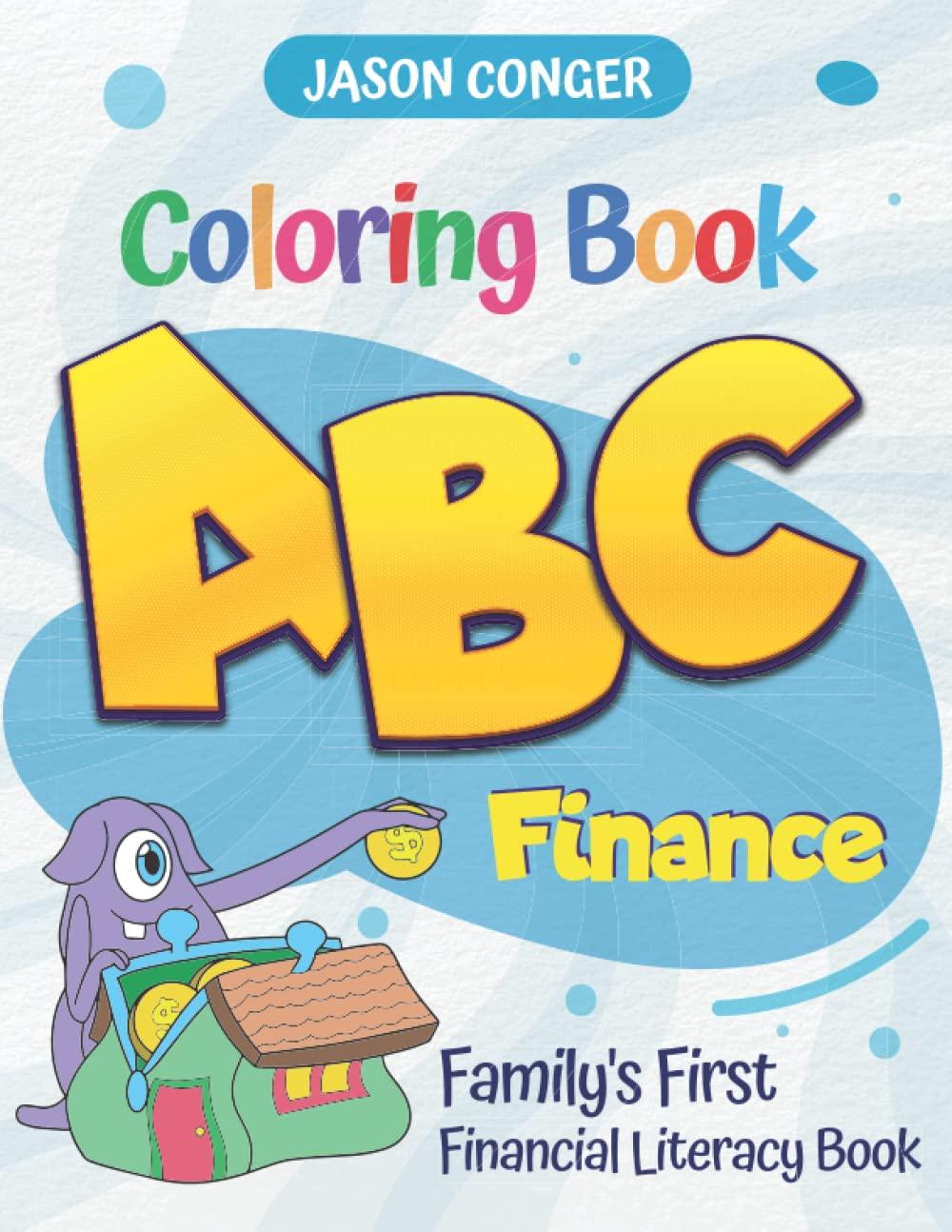Question
James Frazee is chief investment officer at H&F Capital Investors. Frazee hires a thirdparty adviser to develop a custom benchmark for three actively managed balanced
James Frazee is chief investment officer at H&F Capital Investors. Frazee hires a thirdparty adviser to develop a custom benchmark for three actively managed balanced funds he oversees: Fund X, Fund Y, and Fund Z. (Balanced funds are funds invested in equities and bonds.) The benchmark needs to be composed of 60% global equities and 40% global bonds. The third- party adviser submits the proposed benchmark to Frazee, who rejects the benchmark based on the following concerns: Concern 1: Many securities he wants to purchase are not included in the benchmark portfolio. Concern 2: One position in the benchmark portfolio will be somewhat costly to replicate. Concern 3: The benchmark portfolio is a float- adjusted, capitalization- weighted portfolio. After the third- party adviser makes adjustments to the benchmark to alleviate Frazees concerns, Frazee accepts the benchmark portfolio. He then asks his research staff to develop risk and expected return forecasts for Funds X, Y, and Z as well as for the benchmark. The forecasts are presented in Exhibit 1. Exhibit 1 Forecasted Portfolio Statistics for Funds X, Y, and Z and the Benchmark Fund X Fund Y Fund Z Benchmark Portfolio weights: Global equities (%) 60.0 65.0 68.0 60.0 Global bonds (%) 40.0 35.0 32.0 40.0 Expected return (%) 10.0 11.6 13.2 9.4 Expected volatility (%) 17.1 18.7 22.2 16.3 Active risk (%) 5.2 9.2 15.1 N/A Sharpe ratio (SR) 0.45 0.50 0.49 0.44 Frazee decides to add a fourth offering to his group of funds, Fund W, which will use the same benchmark as in Exhibit 1. Frazee estimates Fund Ws information ratio to be 0.35. He is considering adding the following constraint to his portfolio construction model: Fund W would now have maximum over- and underweight constraints of 7% on single- country positions. Frazee conducts a search to hire a manager for the global equity portion of Fund W and identifies three candidates. He asks the candidates to prepare risk and return forecasts relative to Fund Ws benchmark based on their investment strategy, withthe only constraint being no short selling. Each candidate develops independent annual forecasts with active return projections that are uncorrelated and constructs a portfolio made up of stocks that are diverse both geographically and across economic sectors. Selected data for the three candidates portfolios are presented in Exhibit 2. Exhibit 2 Forecasted Portfolio Data for Equity Portion of Fund W Candidate A Candidate B Candidate C Rebalancing Annually Annually Annually Number of securities 100 64 36 Information ratio (IR) 0.582 0.746 0.723 Transfer coefficient (TC) 0.832 0.777 0.548 Information coefficient* 0.07 0.12 0.22Frazee asks Candidate C to re- evaluate its portfolio data given the following changes: Change 1: Fix the number of securities to 50. Change 2: Rebalance on a semiannual basis. Change 3: Add maximum over- or underweight constraints on sector weightings.
Step by Step Solution
There are 3 Steps involved in it
Step: 1

Get Instant Access to Expert-Tailored Solutions
See step-by-step solutions with expert insights and AI powered tools for academic success
Step: 2

Step: 3

Ace Your Homework with AI
Get the answers you need in no time with our AI-driven, step-by-step assistance
Get Started


